Petrol prices explained: What makes up the price of a litre of petrol?
The price of a litre of petrol or diesel depends on much more than just its wholesale price. We explain how petrol prices are determined.
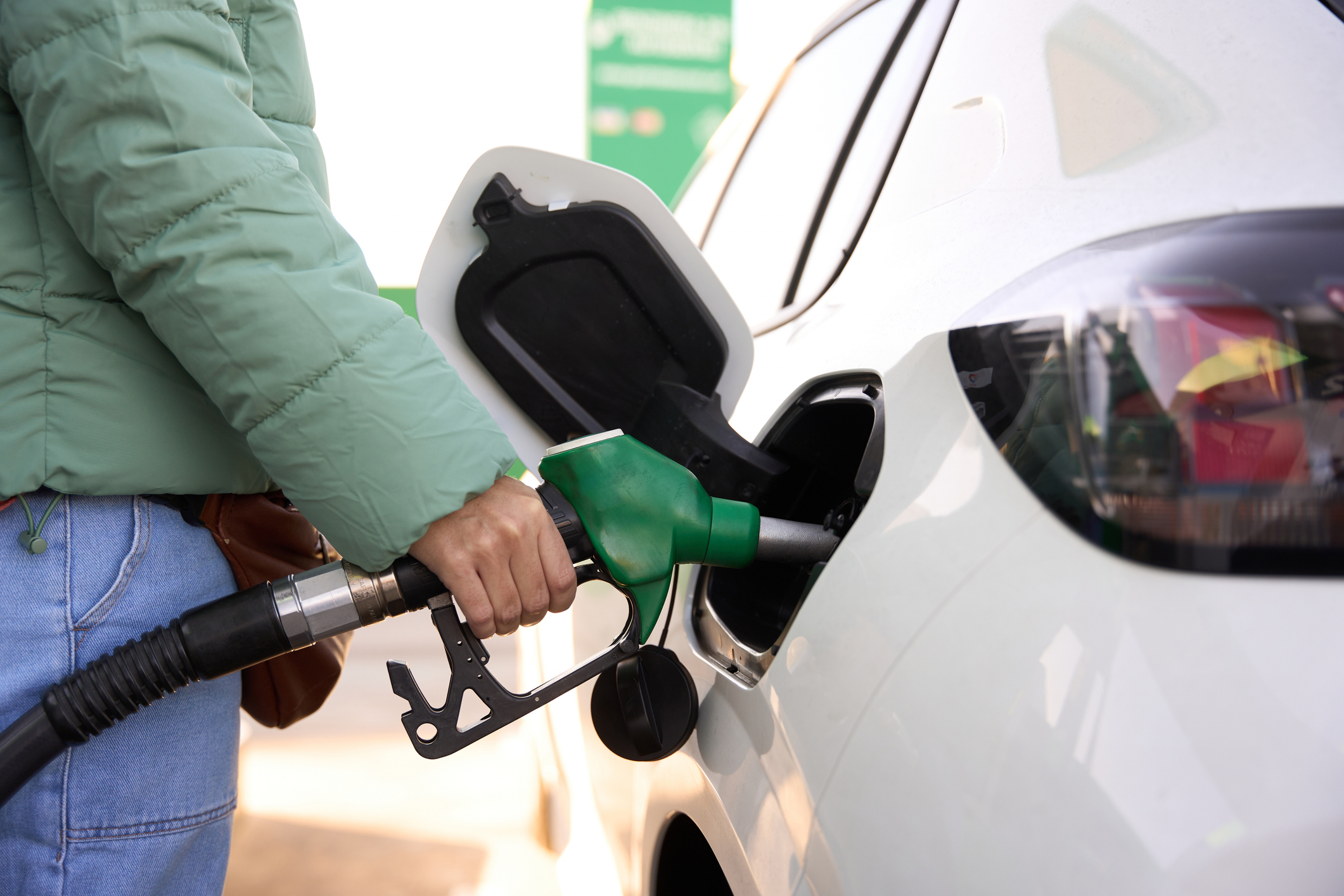

Most people will know that the price of a litre of petrol or diesel will differ depending on where you live, with significant differences between garages even just a few miles away.
However, a lot more than just geography goes into determining the price of a litre of petrol and diesel.
As petrol and diesel are both made from oil, the price of both of these fuels is linked to the wholesale oil markets. This means that movements in the oil markets will be reflected in the price at the pump.
MoneyWeek
Subscribe to MoneyWeek today and get your first six magazine issues absolutely FREE

Sign up to Money Morning
Don't miss the latest investment and personal finances news, market analysis, plus money-saving tips with our free twice-daily newsletter
Don't miss the latest investment and personal finances news, market analysis, plus money-saving tips with our free twice-daily newsletter
However, the price of a litre of petrol or diesel is not just determined by the wholesale price of oil. A great deal of other factors help determine the market price of petrol, like manufacturing costs, transportation costs, taxes, and much more.
We look at what makes up the price of a litre of petrol and diesel.
Petrol cost breakdown: What makes up the price of a litre of petrol?
The price of a litre of petrol is generally made up of around six different components, with the manufacturer, retailer, and government all taking a slice of the pie.
A chart showing how the price of a litre of petrol is determined can be found below.
Fuel duty (39%)
Fuel duty is the largest component of the price of a litre of petrol and diesel – larger than even the wholesale market cost of the fuel itself.
Fuel duty is a tax levied by the government on the consumption of fuel. You pay fuel duty on both petrol and diesel, but also on domestic heating fuel (although a reduced rate).
For petrol, diesel, biodiesel, and bioethanol, fuel duty adds 52.95 pence to the price of a litre of each fuel.
The rate of fuel duty has been frozen since 2010, and had a further 5p knocked off in March 2022 as a temporary measure, bringing it to 52.95p per litre. It will remain at this rate until September 2026, chancellor Rachel Reeves confirmed in the Autumn Budget.
After September 2026, the temporary 5p cut that was made in 2022 will be gradually reversed, therefore increasing the cost at the pump.
Wholesale costs (29%)
The second-biggest component of the cost of a litre of petrol is its wholesale cost. The price of wholesale petrol is based on the price of raw materials including crude oil and refining costs.
The price you pay at the pump will increase or decrease with market movements, which can sometimes be very volatile.
VAT (17%)
VAT is a flat tax of 20% that applies to most consumer goods you buy in the UK, including petrol. As fuel duty is included in the price of a litre of petrol and VAT is added afterwards, drivers end up paying tax on a tax. VAT represents 17% of the total value of a litre of petrol.
Retailer margin (9%)
This is the amount of money that retailers make every time they sell a litre of petrol.
Delivery and distribution (1%)
This is the cost of distributing and transporting petrol, and is passed onto drivers when they pay at the pump.
Biofuel content (5%)
This is the cost of making the fuel you buy more eco-friendly.
The breakdown for the price of a litre of diesel is broadly the same as that for petrol, but some components make up more of the price, and some less.
A pie chart showing the breakdown of a price of a litre of diesel can be found below.
How are petrol prices determined?
Though it is not the only factor, the main thing that determines the price of a litre of petrol is the price of oil as, without oil, you cannot have petrol.
To make petrol and diesel, the first step is for manufacturers to buy crude oil in the wholesale markets.
Due to its geopolitical importance, the oil market is especially sensitive to external shocks so the price of the commodity can be quite volatile – when there is a greater risk of extracting it, the price of oil will typically increase.
For example, oil prices went through the roof when Russia invaded Ukraine because the safety of oil processing was threatened.
What is more, oil is typically traded on the global market in dollars, which means that if the dollar strengthens or the pound weakens, oil becomes more expensive for consumers here in the UK.
The AA’s fuel price spokesperson told MoneyWeek: “The influence of the exchange rate is often overlooked when drivers compare oil price movements with those at the pump. At the moment, it is critical. Oil and fuel on commodity markets are traded in dollars, which makes the weaker pound very bad news for motorists.”
Once manufacturers have the crude oil, they then need to transport it to their refinery. There, the crude oil is refined, distilled, purified, and then mixed with a number of other components to finally make the fuel you use in your car.
From ground to pump, making petrol is a long and complex process with a lot of different parties that want to make a profit, all influencing the price you pay.
On top of this, the government taxes petrol and diesel quite heavily, further increasing the price of fuel at the pump.
In 2025, the average price of a litre of unleaded petrol has hovered between around 132p and 140p. The RAC regularly collects data on the average price of petrol through their ‘fuel watch’ service.
Get the latest financial news, insights and expert analysis from our award-winning MoneyWeek team, to help you understand what really matters when it comes to your finances.
Daniel is a financial journalist at MoneyWeek, writing about personal finance, economics, property, politics, and investing.
He is passionate about translating political news and economic data into simple English, and explaining what it means for your wallet.
Daniel joined MoneyWeek in January 2025. He previously worked at The Economist in their Audience team and read history at Emmanuel College, Cambridge, specialising in the history of political thought.
In his free time, he likes reading, walking around Hampstead Heath, and cooking overambitious meals.
-
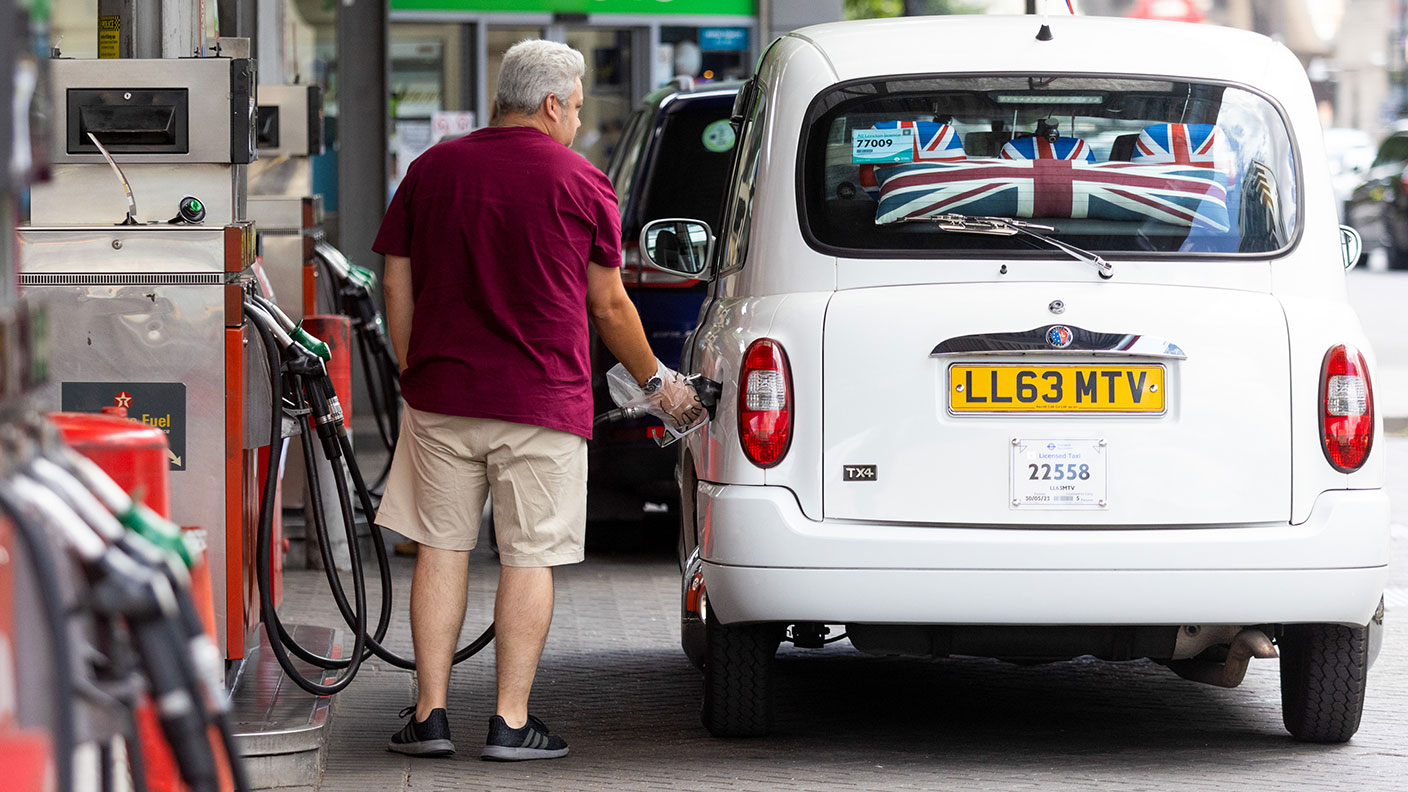 The cost of petrol in the UK compared with the rest of the world
The cost of petrol in the UK compared with the rest of the worldNews The price of petrol in the UK went through the roof last year, but has since settled. We look at how UK petrol price compares with the rest of the world.
-
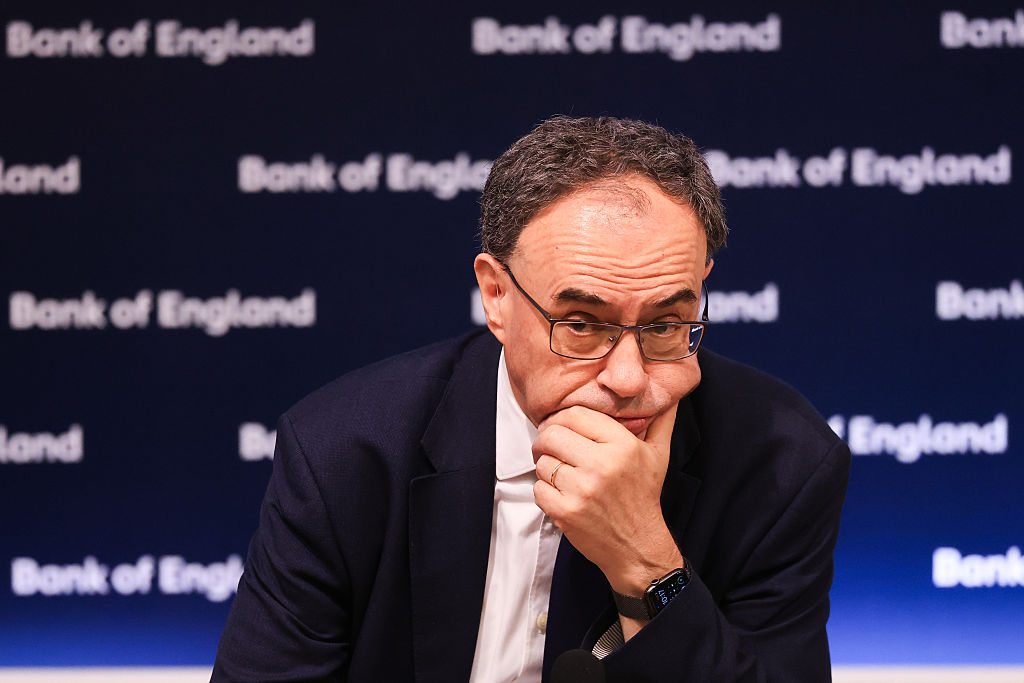 When will UK interest rates fall further? Latest Bank of England predictions
When will UK interest rates fall further? Latest Bank of England predictionsHSBC expects the Bank of England (BoE) to cut the base rate in December by 25 basis points, to 3.75%. It had previously expected a hold – here’s what the experts are saying.
-
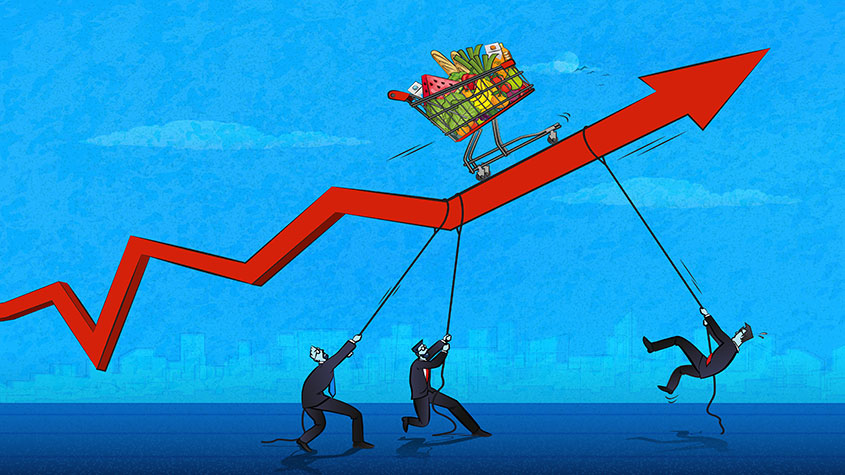 UK inflation falls to 10.7% but cost of living pressures remain
UK inflation falls to 10.7% but cost of living pressures remainNews CPI is down to 10.7% from last month’s 41-year-high of 11.1%
-
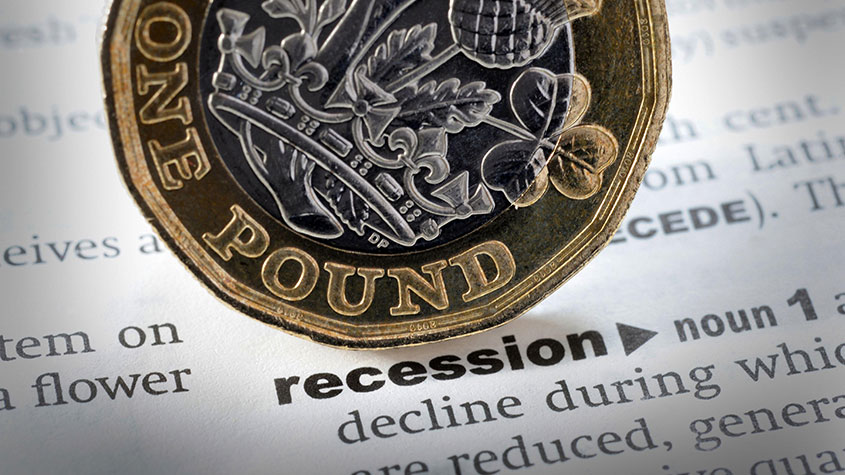 What is a recession? UK impact explained
What is a recession? UK impact explainedAnalysis Office for National Statistics (ONS) figures show UK GDP growth has gone into reverse. But what does a recession mean?
-
 UK inflation hits 41-year high of 11.1%
UK inflation hits 41-year high of 11.1%News The rising costs of energy and food have pushed the figure up to its highest level since 1981.
-
 What is inflation and how does it affect you?
What is inflation and how does it affect you?The latest inflation figure is released each month. What is inflation and how does it impact your personal finances?
-
 UK inflation back to 10.1%
UK inflation back to 10.1%News UK inflation creeps back to its 40-year high from the summer, driven by rising food costs
-
 Mini-Budget: will Kwasi Kwarteng’s gamble on growth work?
Mini-Budget: will Kwasi Kwarteng’s gamble on growth work?Briefings The government has launched the biggest dash for growth in 50 years, relaunching an approach known as supply-side economics. What is the plan – and will it work?


